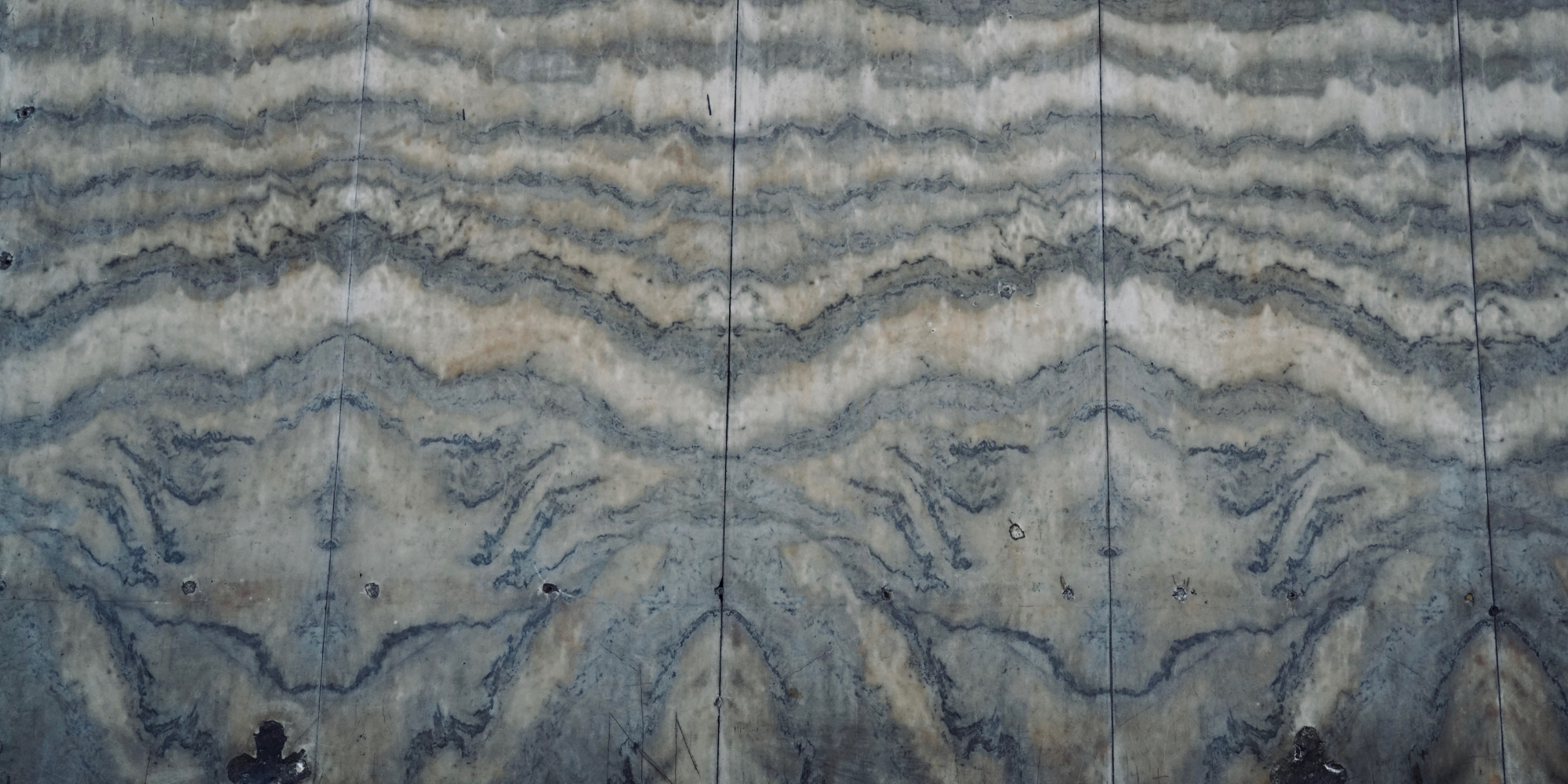 This is an excerpt from “God of the Long View,” a book by Pastor David Wigington and Stone Table Publishing. This timely book is filled with beautiful stories of missions, ministry, and a God whose agenda is worth waiting for. You can also check out the God of the Long View message series at Bloomington Cornerstone’s YouTube page by clicking here.
This is an excerpt from “God of the Long View,” a book by Pastor David Wigington and Stone Table Publishing. This timely book is filled with beautiful stories of missions, ministry, and a God whose agenda is worth waiting for. You can also check out the God of the Long View message series at Bloomington Cornerstone’s YouTube page by clicking here.
The Most Beautiful Building Ever Built
In Istanbul, there is a beautiful building called the Hagia Sophia. The first Hagia Sophia was built in the 4th century largely by Constantinius II (even though some credit Constantine the Great with starting construction) who upon its completion patted himself on the back and declared it the most beautiful building ever built.
A few years after its completion, it burned to the ground. The only remnant of the original building is the stone baptismal. Theodosius II then began construction of the second version in the early 5th century, and that second Hagia Sophia lasted 115 years before it also burned down. In the year 532, just a few weeks after the second fire, Emperor Justinian I began construction of a bigger, better church on the same grounds. He decided that this time there would be no wood in the structure. The building burned twice already, and he wanted this final version to last.
Over 10,000 people were involved in the construction of this third church. The massive number of tradespeople involved led to the completion of the exterior of this massive structure in just under six years, although work on the interior continued for several more years, including breathtaking gold mosaics that cover the interior.
The Hagia Sophia has a fascinating history beyond its multiple constructions. It was first an Orthodox cathedral. After the invasion of the Crusaders in the 13th century, it became a Roman Catholic cathedral. Once the Ottomans conquered Constantinople (now Istanbul) in the 15th century, it was transformed into a mosque. When it became a mosque, all the mosaics and Christian symbols were plastered, painted, or covered with cloth. In the early 20th century, the building became a “museum,” and today, it’s an odd hybrid of half Muslim mosque and half Christian cathedral.
The work to remove plaster and reveal portions of the original beauty of the mosaics is ongoing as curators try to strike a balance in preserving the building’s diverse history. Through all the changes of “management,” one thing has remained the same over the centuries. One thing was not covered in plaster. One thing has not led to arguments between Muslims and Christians—the floors.
A Saw Made of Silk?
The floors are original and largely preserved, and they date all the way back to the 6th century. The floors are a beautiful marble. I’ve toured many cathedrals and churches around the world, but I’ve never seen anything quite like these floors. They are comprised of large slabs or tiles of marble arranged in such a way that where they join together, the pattern in the marble flows continually from one piece to another. They are truly stunning. And I knew they were beautiful, but I did not understand how difficult creating this beauty was until my tour guide, Omar, explained.
In order for the pattern to flow from one piece of marble to the next, the craftsmen had to “slice off” very thin slabs (an inch or less) from a larger piece. They took these thin slabs and flipped them back and forth so the grain matched up. As he explained it, I became even more impressed, but Omar saw that I had not yet fully understood. He reminded me that this work was done 1,500 years ago and he asked me how I would have done it if I were a marble craftsman of the 6th century. (Omar could not have understood how ironic this question was for me as I am not a craftsman of any kind.)
A saw, I thought. I would use some kind of saw. Omar explained that a saw wouldn’t work for three reasons:
- The saw would remove too much material between the slabs for the patterns to align properly;
- the saw would leave the surface of the marble much too rough; and
- the saw would create too much vibration and cause the thin piece of marble to break off before each slice could be completed.
I was at a loss and Omar knew it. He let me off the hook and gave me the answer: silk, sand, and olive oil.
OK, makes sense…
Wait. What?
A Painfully Slow Process
Omar continued, explaining that the process of creating these beautiful thin slabs of marble for the floors of the Hagia Sophia (and even some of the walls) involved craftsmen using thin strips of silkworm silk, olive oil for lubrication, and sand as an abrasive. They cut giant slabs of thin marble with silk, sand, and olive oil? Apparently.
Imagine the first construction meeting when the lead craftsman says, “Yeah, uh, hey, guys, I have an idea on cutting those thin stone slabs.”
“We’re listening.”
“I think we should use silk.”
Crickets.
“Well, not just silk. We would need a little sand, too.”
More crickets.
“Oh, and olive oil. We’ll need lots of olive oil.”
Imagine the first demonstration of the process—sawing back and forth with taut twisted strands of silk on a slab of marble, wondering if it was going to actually cut? As one might imagine, this was a painfully slow process. The average craftsman made about two millimeters of progress every day (about a tenth of an inch).
Silk. Sand. Olive oil. Marble.
Back and forth. Back and forth. Back and forth.
A tenth of an inch today.
Almost an inch by the week’s end.
Nearly three inches by the end of the month.
Silk. Sand. Olive oil. Marble.
Back and forth. Back and forth. Back and forth.
Three feet of progress this year.
After two years of work, one panel was finally cut.
Hundreds of craftsmen did the same work. Imagine this being your life.
“What do you do for a living?”
“Oh, I take a piece of silkworm silk and a little bit of sand and olive oil and rub it back and forth on a piece of marble.”
“For how long?”
“I’ve been doing it for a year and a half and I have yet to cut off my first piece.”
“How long will it take?”
“I don’t know. I guess ‘til it’s done.”
Purpose in the Monotony
I can’t imagine the monotony of that process. Silk. Sand. Olive oil. Marble. Day after day after day. I can’t imagine the discouragement of such little progress. The craftsman had a choice. He could focus on the monotony of the task. He could choose frustration because progress is so slow. He could choose irritation because the process wasn’t better. Or he could step back and choose to see the “little” thing he was doing was part of an architect’s bigger plan. That thin, frustratingly-slow-to cut slab of marble is a piece of a very beautiful plan. The craftsman could choose to “zoom-out” and see that without his work, the greater work would never be completed.
We have that same choice. Progress advancing the Kingdom of God in my little corner of the world can seem frustratingly slow at times. For some of our workers in difficult or dangerous places, it is even slower. Glacially slow. We can work years before we see the first signs of the silk beginning to cut into the stone. Day after day. Week after week. Year after year.
We can choose frustration, discouragement, fear of failure, or many other things. Or we can choose to trust the Architect. We can choose to zoom out and see the big picture of what it is we are participants in building. We can choose to trust the plan and keep sawing away.
Silk. Sand. Olive oil. Marble.
In this long restoration, God calls many partners to work with Him in restoring humanity into relationship with Himself. Partners in the West. Partners in the East. Partners in the First World. Partners in the developing world. Partners in difficult places. Partners in relatively “easy” places.
And right now, we all have one job. Keep cutting.
Silk. Sand. Olive oil. Marble.
But I’m not seeing any growth in my church.
Keep sawing.
Silk. Sand. Olive oil. Marble.
But I feel further from God than I did at one time in my life.
Keep sawing.
Silk. Sand. Olive oil. Marble.
But I’ve been in this country for seven years and we’ve only baptized one new believer.
Keep sawing.
Silk. Sand. Olive oil. Marble.
You might be too close to see the corn growing, but it is. Soon, it will be harvest time.
How long do we work? Until it’s finished.
“So we must not get tired of doing good, for we will reap at the proper time if we don’t give up” (Gal. 6:9 HCSB).
Be patient with the process. Trust the plan. Trust the Architect. God chose to use us in this time and this place. We must zoom out and see the big picture every now and then—or hop aboard our imaginary 747s and see what God is doing from 30,000 feet. Because He is building His Church, and she sure is beautiful.




